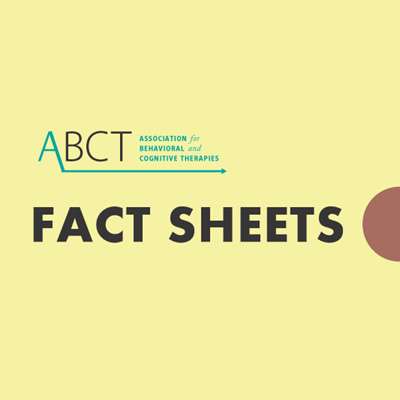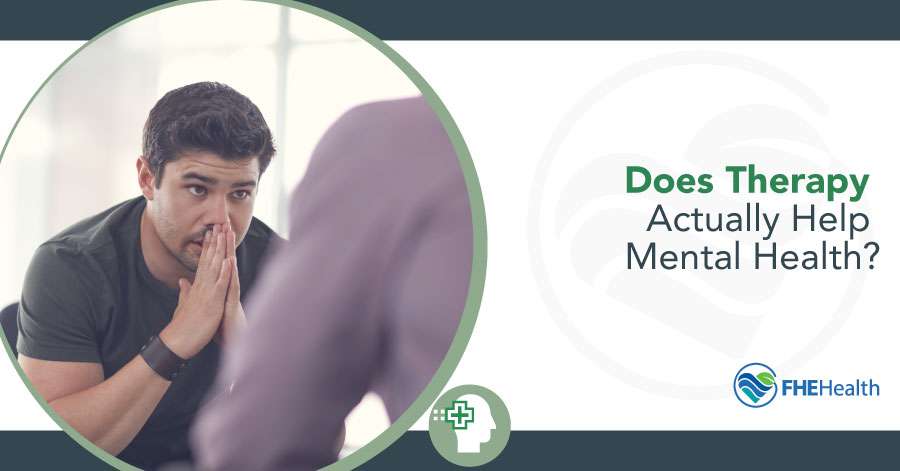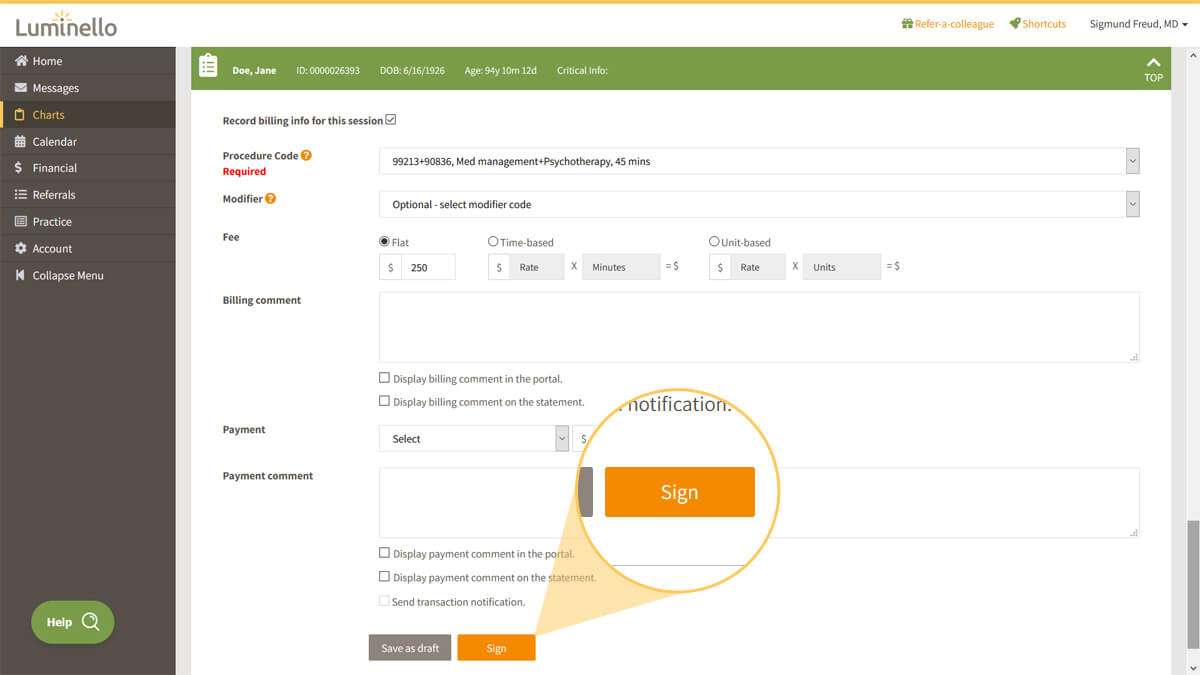As a new parent, you may be surprised to find yourself experiencing periods of sadness or symptoms of depression. If this is you, know that you are not alone. Many women experience low mood after birth, ranging from the “baby blues” to the more severe postpartum depression (PPD). Today we’ll discuss the signs and symptoms for these conditions as well as some ways that psychologists and psychiatrists can help.
The Baby Blues
As many as 70-80 % of women will experience mood swings and sadness after the birth of their child, and 15- 20% will suffer from postpartum depression. Sadly, it often comes as an unexpected shock to many women because it is not talked about nearly as much as it ought to be.
Most often symptoms of sadness or PPD will onset about 4 to 5 days after the birth, but for some women who had especially tough deliveries, this may happen earlier. The symptoms include:
-
Being tearful or crying for no clear reason
-
Impatience and irritability
-
Anxiety and restlessness
-
Fatigue or Insomnia
-
Difficulty concentrating
-
Sadness and mood swings
Why does this happen? During pregnancy many women experience a period of emotional wellbeing and calm driven to a large extent by the high levels of progesterone and other pregnancy hormones produced by the placenta. When a woman gives birth, she also delivers the placenta and hormone levels fall drastically. Since the ovaries were not active during the pregnancy it takes a few months after birth before the start producing the usual levels of hormones.
The hormonal changes taking place during and after birth can result in emotional shifts. In addition to physiological considerations, the life circumstances around giving birth can also contribute to low mood. For many women, the birth process itself is difficult, sometimes disappointing, and does not always go as smoothly as planned. It is also a big emotional change when a woman transitions from carrying this new life in her womb to caring for an infant, all while simultaneously recovering from the birthing process. If the birth was by a cesarian section, the woman is also recovering from major surgery. In addition the new baby is not yet skilled at feeding and sleeping and that means stress and sleep deprivation for the new mom. For these reasons, it is common for women to feel new worry and anxiety in the perinatal and postnatal (postpartum) periods.
Postpartum Depression
While the “baby blues” symptoms are common and the symptoms manageable, postpartum depression is a more serious concern. It can sometimes be difficult to distinguish between the two, but PPD is typically characterized by more severe symptoms. These include:
-
Intense anxiety that prevents you from sleeping or eating
-
Feeling guilty or worthless
-
Withdrawing from your partner or spouse
-
Difficulty bonding with the baby
-
Thoughts of self-injury or suicide
Your OBGYN, doula, or mid-wife will routinely ask about your mood and emotional functioning when you see them for check- ups. Remember that many women experience some type of emotional struggle, so it is important to be open and honest. This will allow your caregivers to support you with appropriate recommendations and referrals.
If you are experiencing low mood and want to do a self- evaluation, the Edinburgh Postnatal Depression Scale is one assessment tool available that can help you determine whether or not you may have PPD. A score of 13 or higher is indicative of a depressive episode and warrants that you follow up with a healthcare provider for a clinical consult.
While the “baby blues” usually goes away approximately 14 days after delivery, PPD may not remit on its own. Women struggling with this condition often need additional tools and support to address the symptoms. Many turn to psychotherapy.
Therapy is a key part of treatment for postpartum depression (PPD). But during a time when you’re likely already feeling overwhelmed and worn thin, figuring out the best type of therapy to treat your PPD can feel like a lot.
Postpartum depression is a kind of depression that affects some new moms. This serious medical condition can occur any time in the first year after giving birth, most often hitting within a week to a month postpartum.
One woman’s experience with PPD may not be exactly the same as another’s. But some of the most common symptoms include feeling intensely sad, or feeling overwhelmed or paralyzed by the stresses of caring for a baby. You might have a lack of interest in the things you normally enjoy and feel indifferent towards your baby. You might have frequent mood swings and bouts of crying, and feel anxious or exhausted.
If you think you may be affected, this screening quiz can help you learn more about what your symptoms mean. From there, you can talk with your doctor or your baby’s pediatrician about starting possible treatment, including which type of therapy may be right for you.
Here are some of the most commonly used options and how they can help. Keep in mind that many therapists use hybrids of these methods rather than only sticking to one exclusively, and that’s completely okay. The important thing is finding a therapist you’re comfortable with.
Cognitive behavioral therapy (CBT)
CBT is one of the most oft-used therapies for treating anxiety and depression, including postpartum depression. Talking with a therapist, you’ll learn different ways to think about and react to difficult or stressful situations, which can help you break out of behaviors or thinking patterns that may be contributing to your depression.
How does CBT work?
CBT aims to identify specific challenges you’re dealing with and find ways to cope with them. This can usually be done relatively quickly with weekly sessions. In fact, research suggests that you may notice an improvement after just six sessions.
As you talk about what’s troubling you, your therapist will encourage you to share your thoughts about these situations and help you recognize thinking patterns that are negative or inaccurate. Once you can see these thinking patterns objectively, you’ll be able to start reshaping them.
If listening to your baby cry feels overwhelming, for example, you might delve into why the crying has that effect on you. Does a crying baby make you feel like you’re not cut out to be a good mom? Do you start spiraling and worrying that things will be like this forever?
From there, your therapist can help you view the situation based on the facts rather than your perceptions: You can run through all of the things you do to meet your baby’s needs (reminding you that you are a good mom!) and talk about how though it’s common for newborns to cry a lot, this phase doesn’t last forever.
How effective is CBT?
CBT is highly effective for many types of depression and mental health problems, including PPD. In fact, the majority of research shows that women with PPD who undergo cognitive behavioral therapy experience a significant improvement in their depressive symptoms, according to a recent BMC Pregnancy and Childbirth review. It can be used alone or alongside medication.
Interpersonal therapy (IPT)
Next to CBT, IPT is the other most commonly used therapy to treat depression, including postpartum depression. It stems from the assumption that relationships and life events can impact mood, and that major life upheavals can be a trigger for depression.
IPT helps people develop stronger communication skills and more realistic expectations in an effort to help them better weather stressful situations. IPT also emphasizes the benefit of forming strong support networks.
How does IPT work?
IPT breaks down depression-triggering events into four main categories: Role transition, role dispute, grief or interpersonal deficits (trouble forming and maintaining healthy relationships). As you share with your therapist the specific things that are troubling you, you’ll pick one category to focus on. Over the course of a set timeframe — usually 12 to 20 weeks — you’ll develop strategies for improvement.
Maybe transitioning to the role of a mother is leaving you feeling alone or socially isolated. Together, you and your therapist will look at communication and relationship strategies you can use to feel more supported. That might involve learning tools for how to share your feelings more effectively with your partner or taking steps like going to a support group for new moms, so you can meet others who are in the same boat as you.
How effective is IPT?
IPT is a well-studied method for treating postpartum depression, and experts have long considered it to be highly effective.
A review of the evidence published in the Archives of Women’s Mental Health concluded that, when used alone or with antidepressants, IPT can help women with PPD recover sooner and reduce a woman’s chances of becoming depressed again. Findings also show that many women notice significant improvements in their mood in as little as 12 weekly sessions.
Nondirective counseling
Nondirective or person-centered therapy is seen as a process of growth and self-discovery where patients come to resolve their problems largely on their own. The therapist acts as an non-judgmental sounding board to reflect a patient’s thoughts and feelings, which in turn helps the patient see herself more clearly.
With this enhanced perspective, the patient is able to reinterpret her own thoughts and feelings and becomes motivated to change her behaviors in a positive way.
How does nondirective counseling work?
Nondirective counseling is less structured than approaches like CBT or IPT. Rather than defining goals or setting time frames at the outset, you’ll simply talk with your therapist about your thoughts and feelings.
Over time, these conversations alone can lead you to reframe your thinking and motivate you to make changes that can help you feel better.
For example, maybe you come to therapy feeling sad over the loss of your old life. At first you just seem to miss everything about your pre-baby routine (sleeping in! Meeting friends for brunch!), but in talking with your therapist, you come to realize that what you really miss is your sense of independence.
From there, you might decide that even though life looks very different as a mom, there are still ways you can reclaim your autonomy, like carving out time to exercise alone a few days a week or booking a regular sitter so you can get out and do something fun just for you.
How effective is nondirective counseling?
Nondirective counseling hasn’t been studied as thoroughly for PPD as CBT or IPT, but the existing research is promising. One review of therapy options for PPD found six to eight sessions of nondirective therapy can help women recover from PPD and reduce their chance of having a relapse.
Group therapy
Group therapy involves meeting with a therapist-led group rather than meeting with a therapist one-on-one. Groups typically range in size from five to 15 members who are all struggling with a similar problem.
How does group therapy work?
Like one-on-one therapy, therapy groups typically meet once a week (in-person or virtually), usually for sessions that last for an hour or two. Sometimes the group will meet for a pre-set number of weeks; other times, the group is ongoing and a patient can attend for as long as they feel they need.
Every participant gets a chance to talk in group therapy, but if you’d rather just listen, that’s okay too. Sometimes the therapist will jump in to moderate, reflect a person’s feelings or share insights.
Participants can also talk directly with each other, which can help people feel supported and provide them with different perspectives on dealing with challenging situations.
How effective is group therapy?
Meeting with a therapy or support group has been shown to improve depression in moms with PPD, research shows.
Just as important, it can help you feel validated: Sometimes just knowing that you’re not the only one who finds staying home with a newborn to be boring or isolating, or that you’re not the only one dealing with colic or latching problems, for instance, can make it a little easier to cope. And sometimes? The women you meet in a PPD therapy group can end up becoming friends for life.
Couples or family therapy
Couples or family therapy is simply when a couple or family receives therapy for a problem at the same time. It can be used to treat PPD, but only typically in cases where a woman’s PPD symptoms are affecting her relationships.
How does couples or family therapy work?
You and your partner may meet with a therapist individually as well as together to talk about the ways that PPD may be affecting your relationship.
Often, the focus will be on improving your communication skills related to expectations around your new roles as parents so your partner can better support you (and vice versa) and help solve problems.
If you’re feeling overwhelmed by the responsibilities of caring for a newborn and are having trouble asking for help, for instance, your therapist might help you better clarify your needs to your partner and practice asking for help.
How effective is couples or family therapy?
While the research is limited, however, a review of the available evidence concluded that couples or family therapy can be helpful both for preventing and treating PPD. You’ll likely get the most benefit if PPD seems to be affecting your relationship, or if you feel like you’re having trouble communicating with your partner about your feelings related to PPD or becoming a mother.
Deciding to try therapy for postpartum depression is one of the best things you can do for yourself and your baby. If the available options seem a little overwhelming, start by talking with your doctor or your baby’s pediatrician, who may be able to recommend therapists who offer treatments that might be a good fit.
Deciding to try therapy for postpartum depression is one of the best things you can do for yourself and your baby. If the available options seem a little overwhelming, start by talking with your doctor or your baby’s pediatrician, who may be able to recommend therapists who offer treatments that might be a good fit.




